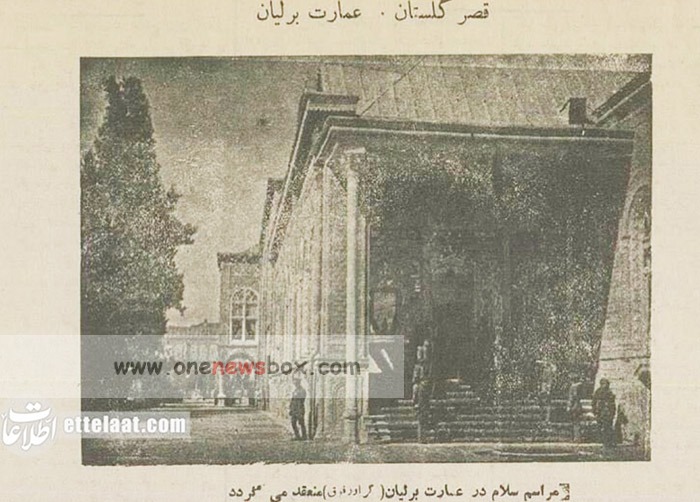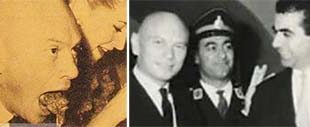Despite his autocratic rule, Reza Shah’s legacy continues to be a subject of debate. His efforts to modernize Iran laid the groundwork for many of the country’s 20th-century developments. His centralized administration, infrastructure projects, and education reforms had long-lasting impacts. However, his methods of governance, characterized by political suppression and strict control, left a complex and contentious historical footprint.
The Nowruz greeting ceremony, which persisted through the Pahlavi era, symbolizes the continuity of Iranian cultural traditions amid political changes. While the Qajar and Pahlavi dynasties differed in many aspects, both recognized the importance of Nowruz as a unifying national celebration. The ritual of paying homage to the Shah during Nowruz reflected the power dynamics of the time and the role of monarchy in Iranian society. Under Reza Shah, these customs were maintained even as he pursued an aggressive modernization agenda. His rule exemplified the tension between tradition and reform, a theme that continues to resonate in Iranian history.
In conclusion, the Nowruz greeting ceremony provides a lens through which we can understand the broader political and cultural shifts in Iran from the Qajar to the Pahlavi period. Reza Shah’s reign marked a transition from traditional monarchy to a more centralized, modern state, yet his authoritarian approach ultimately led to resistance and his eventual abdication. His legacy remains divisive, reflecting the ongoing debate about the balance between modernization and political freedom in Iran’s historical trajectory.

